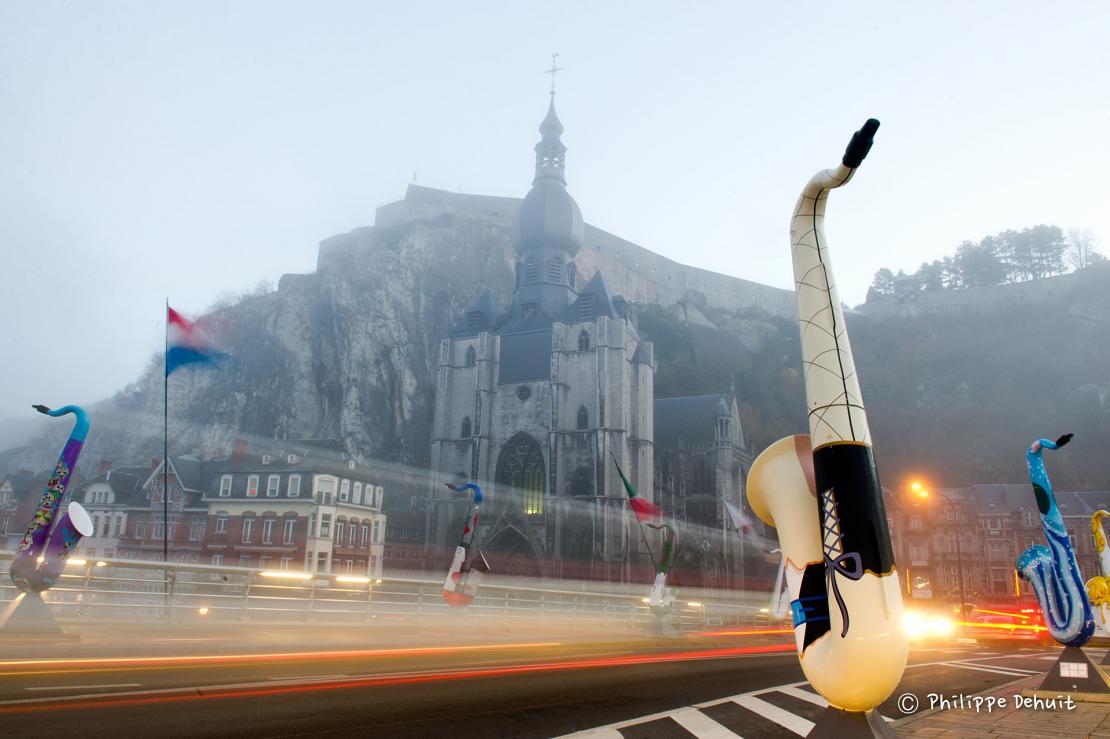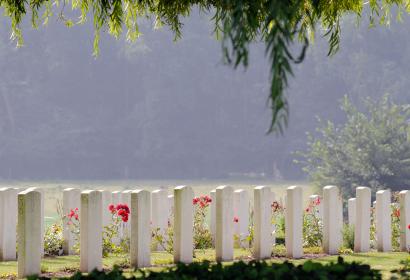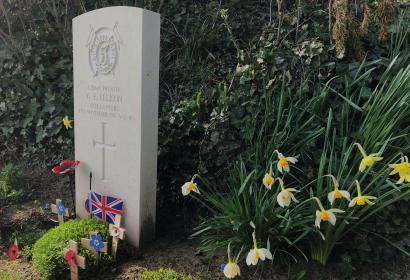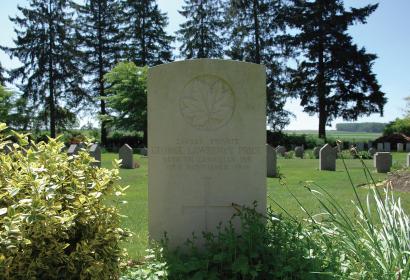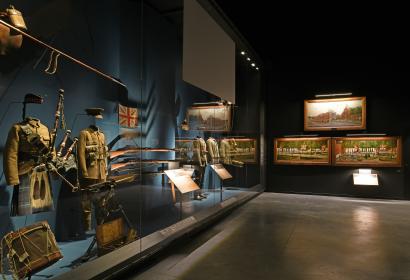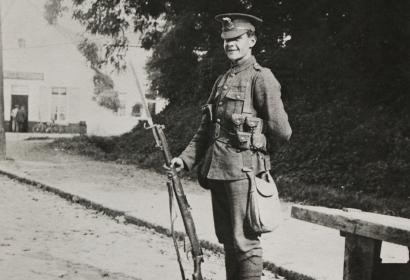In the opening weeks of World War One, as the million-strong German army raced alongside the River Meuse in an attempt to outflank the French Army, its troops carried out a series of atrocities against civilians who were not in a position to defend themselves.
An official report written during the war by Brand Whitlock, the US Minister to Belgium, detailed some of the atrocities that occurred in August 1914: “Over all this … rich agricultural region dotted with innumerable towns, villages and hamlets, a land of contented peace and plenty … there were inflicted on the civilian population by the hordes that overran it deeds of such ruthless cruelty and unspeakable outrage that one must search history in vain for others like them committed on such a prodigious scale. Towns were sacked and burned, homes were pillaged; in many places men, women and children were massed in public squares and mown down … and there were countless individual instances of an amazing and shameless brutality.”
Dinant paid the heaviest price. Suspected to be the base of Belgium’s guerrilla force, the town was torched and the population decimated. In one incident, soldiers fired indiscriminately into a crowd that included mothers with babies; in another, 150 factory workers were ordered outside and summarily executed. In all, 674 townsfolk died. Dinant was totally rebuilt after the war, including the distinctive onion-domed Collegiate Church of Notre-Dame, but memories took generations to fade. It was not until 2001 that the town gave permission for the German flag to be flown alongside the other EU national flags on the bridge across the Meuse.
Eight other towns and villages belong to the so-called ‘Villes Martyr’. At Porcheresse in the Ardennes, the entire population was herded into the village church and burned alive. Visé, on the Dutch border, was mostly burnt: nearly 600 houses were destroyed. Tamines was transformed into a mass of ruins and 383 civilians were executed. A large monument in the village honours the ‘martyrs’. Nearby Sambreville saw the massacre of 384 townspeople, including women and children, and another 200 people were slaughtered at Andennes, on the Meuse between Liège and Namur.
Many of the ‘martyr towns’ of Wallonia have memorials, guided tours and museums dedicated to some of the darkest days in modern warfare.

